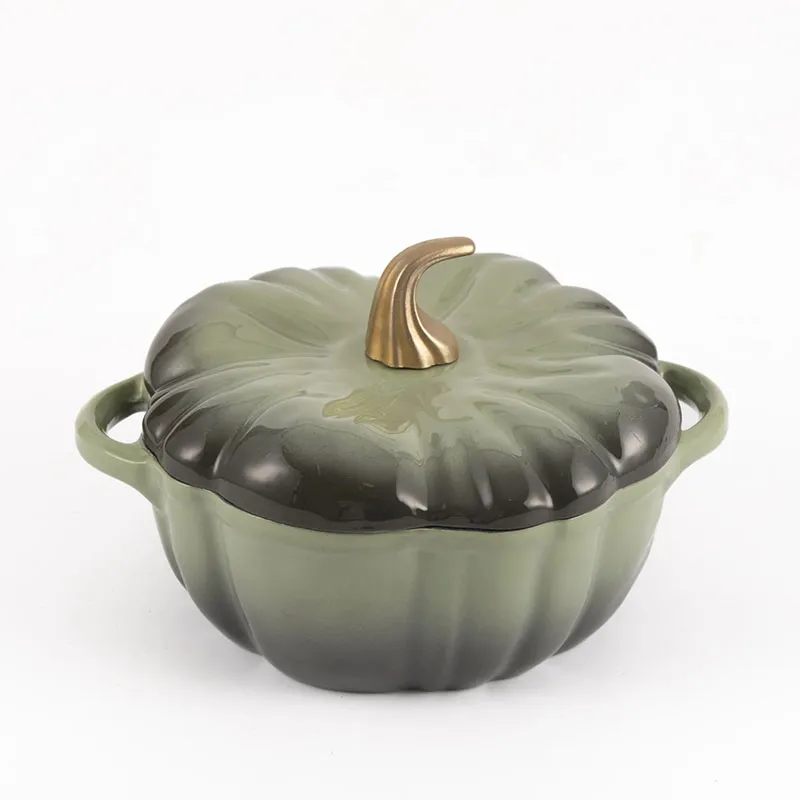
cleaning a rusty cast iron skillet
Cleaning a Rusty Cast Iron Skillet A Step-by-Step Guide
Cast iron skillets are cherished kitchen tools that can last a lifetime, but they require proper care to maintain their character and functionality. Over time, with improper cleaning or neglect, these valuable pieces can develop rust. If you've found an old, rusty cast iron skillet hidden away in your kitchen or inherited one that has seen better days, fear not. Restoring a rusty cast iron skillet is a straightforward process that can bring it back to life. This guide will walk you through the steps of effectively cleaning and seasoning your skillet.
Why Does Cast Iron Rust?
Rust occurs on cast iron when it is exposed to moisture and air. This can happen due to improper cleaning methods, storing it in a damp environment, or simply due to age. While rust is unsightly and can affect cooking performance, the good news is that it’s not irreparable. With a little effort, you can reclaim your skillet.
Step 1 Gather Your Supplies
Before you start, gather the necessary supplies - Steel wool or a heavy-duty scrubbing pad - Mild dish soap - A sponge or soft cloth - Vegetable oil or another type of cooking oil - Baking soda (optional) - An oven for seasoning
Step 2 Scrub Away the Rust
Begin by rinsing your skillet under warm water to remove any loose debris or food particles. If the rust is superficial, a good scrubbing with steel wool should be sufficient. For tougher rust, you may need to use a more aggressive scrubbing pad. Apply a little mild dish soap if desired, but be cautious; excessive soap can strip away the seasoning that you’ll want to preserve.
Make sure to scrub the entire surface, including the sides and handle. This process may require some elbow grease, but persistence will pay off. If you're dealing with really stubborn rust, consider making a paste with baking soda and water to help lift the rust during scrubbing.
cleaning a rusty cast iron skillet

Step 3 Rinse and Dry Thoroughly
Once you’ve tackled the rust, rinse the skillet thoroughly under warm water to wash away any remnants of soap or debris. It’s crucial to dry the skillet completely after washing. Cast iron can easily start to rust again if moisture is left on the surface. Use a clean dish towel or place the skillet on low heat on the stove for a few minutes to ensure it is completely dry.
Step 4 Season the Skillet
After cleaning and drying, it’s time to season your skillet. Seasoning is a crucial step that protects the cast iron from rust and creates a non-stick surface. Here’s how to do it 1. Preheat your oven to 375°F (190°C). 2. Once your skillet is dry, pour a small amount of vegetable oil into the pan. 3. Use a paper towel or cloth to spread a thin layer of oil over the entire surface of the skillet, including the bottom and handle. 4. Wipe off any excess oil so that it doesn’t pool. 5. Place the skillet upside down in the oven (place a baking sheet on the rack below to catch any drips) and bake for about an hour.
Step 5 Cool and Store Properly
After an hour, turn off the oven and allow the skillet to cool inside. This will help ensure the seasoning bonds well to the pan. Once cool, your cast iron skillet is ready for use. Always store it in a dry place, and if you often cook with acidic foods (like tomatoes), it may be helpful to apply a light layer of oil before putting it away.
Conclusion
Restoring a rusty cast iron skillet is not only possible but also an immensely satisfying endeavor. With a little time and care, you can bring your skillet back to life and continue to enjoy its cooking benefits for years to come. Remember that prevention is key; regular maintenance and proper storage will keep your cast iron in top shape, allowing you to create delicious meals. Happy cooking!
-
Season Cast Iron Perfectly with GPT-4 Turbo TipsNewsAug.01,2025
-
High Quality Cast Iron Cookware - Baixiang County Zhongda MachineryNewsAug.01,2025
-
Premium Cast Iron Pan: Durable & Perfect HeatNewsAug.01,2025
-
High Quality Kitchen Durable Black Round Cast Iron Cookware Pancake Crepe Pan-Baixiang County Zhongda Machinery Manufacturing Co., Ltd.NewsAug.01,2025
-
Cast Iron Cookware - Baixiang County Zhongda Machinery | Nonstick, Heat ResistanceNewsAug.01,2025
-
High Quality Kitchen Durable Black Round Cast Iron Cookware - Baixiang County Zhongda Machinery | Non-Stick, Heat Retention, DurableNewsJul.31,2025


